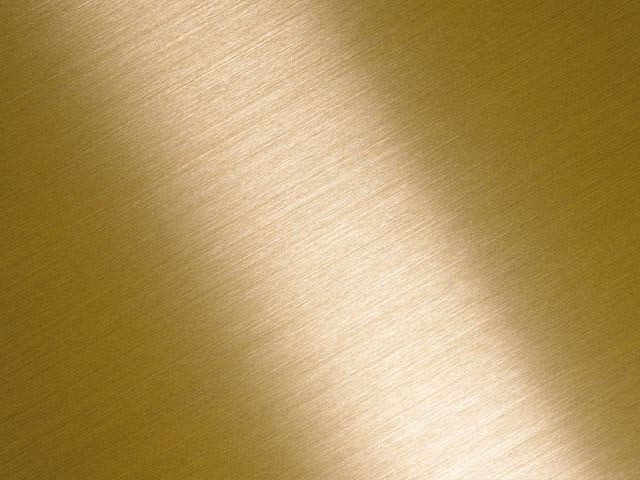Have you ever seen a gold-like metal in your home and thought “this can’t be gold”? Well, you were probably right about the metal being “fake gold” (unless you’re really squirreling such a precious metal in your house), but it’s not actually the kind of fake you should disdain. That material is most likely “brass”, another kind of metal that looks like gold because of its shiny, yellowish appearance.
Brass refers to a group of copper-zinc alloys that is used for many architectural, structural, and industrial applications. The history of this metal’s name is unclear but it was believed to be derived from three different terms—the Arabian word Latun, which means copper; the Turkish word Altun, which means gold; and the old English word Braes, which means bronze.
The usefulness of brass relies mainly on the amazing properties of the metals that compose it. Copper and zinc are valuable metals themselves with their many individual uses in various applications. Getting to know each of them will give you a better idea of exactly how useful brass is and where it got its desirable characteristics.
Copper: Enduring Expediency
Element number 29 in the Periodic Table, copper is one of the first metals ever discovered. This mineral was encountered some 10,000 years ago and since then it has been considered essential to people’s everyday lives. Due to its high ductility, malleability, electrical and thermal conductivity, and corrosion resistance, copper has many uses. These include electrical wiring, electronics, plumbing, building construction, and transportation.
Copper is also known for its antimicrobial property, which is increasingly becoming crucial for applications that involve preventing or combating infection. It is, in fact, an important inclusion to human diet. The adult body has to have between 1.4 and 2.1 mg of copper per kilogram of weight.
Zinc: The Protector of Metals
A silvery-white metal with a blue tinge, zinc plays a vital role in metallurgy. Its name was derived from the Persian word sing, which means stone. When combined with other valuable metals such as copper, it forms some of the most useful alloys in the world. Alone, it is regarded for its ability to protect any metal surface from corrosion by either cladding or galvanization.
Considering that both copper and zinc possess amazing properties that you won’t see in any other metal, you can easily figure out how their alloy can be like. Brass, indeed, is a quite useful alloy. Apart from being perfect for making musical instruments, it is also a great material for making architectural fascias, jewelry, and ornamental trim.
Brass, due to the corrosion resistance and antimicrobial properties that it obtained from copper, is extensively utilized in marine engines, hydraulic equipment, heat exchangers, and radiators. Free cutting brass, on the other hand, is used for making nuts and bolts, injectors, and valve bodies. It’s no wonder you will see this metal around the house, in the workplace, or elsewhere.
If you’re doing a project that requires the use of brass items, it helps to know the best supplier so that you can get the highest quality materials. One in particular that you can count on is Rotax Metals, one of the biggest suppliers of brass sheet metal in North America.
Sources:
Brass Alloys and Their Applications, TheBalance.com
Brass: history and healing properties, En.EmmanuelLeguyon.com
Copper in Human Health, Copper.org


